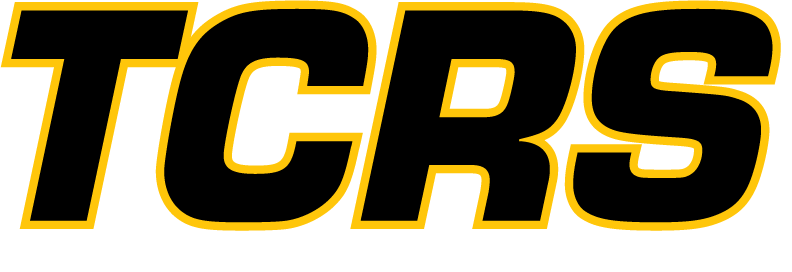Waste Water Treatment
A widely used method of treating wastewater is through treatment ponds, where bacteria break down the waste materials. These microorganisms are heat sensitive and die if the pond gets too hot. During periods of high ambient temperatures, supplemental cooling maintains the operating temperatures.
Another rental cooling application in these plants is discharge water. The treated water must meet EPA requirements and may need to be cooled before it is returned to the environment. Manufacturing, chemical, and other industries must also treat the water used in their processes before discharging it to the environment. Two typical installations are shown below.
Rental equipment typically used for wastewater treatment applications includes the following:
Chiller modules ranging from 50 to 400 tons
Pump modules, cooling towers, or heat exchanger modules
Piping and fittings
On-site operation and training
Engineering and supervision services
Installation and maintenance services
Typical Customers:
Municipal sewage treatment facilities
Manufacturing plants
Chemical plants
Petrochemical plants
Discovery Questions:
Do you need supplemental cooling during the summer months for your “bug pond”?
Have you ever been fined by the EPA for exceeding discharge water temperatures?
Do you have an emergency backup plan in the event your cooling systems should fail?
Configuration and Installation Issues:
Watch for waterborne debris. Wye strainers are usually required to prevent fouling the chiller.



